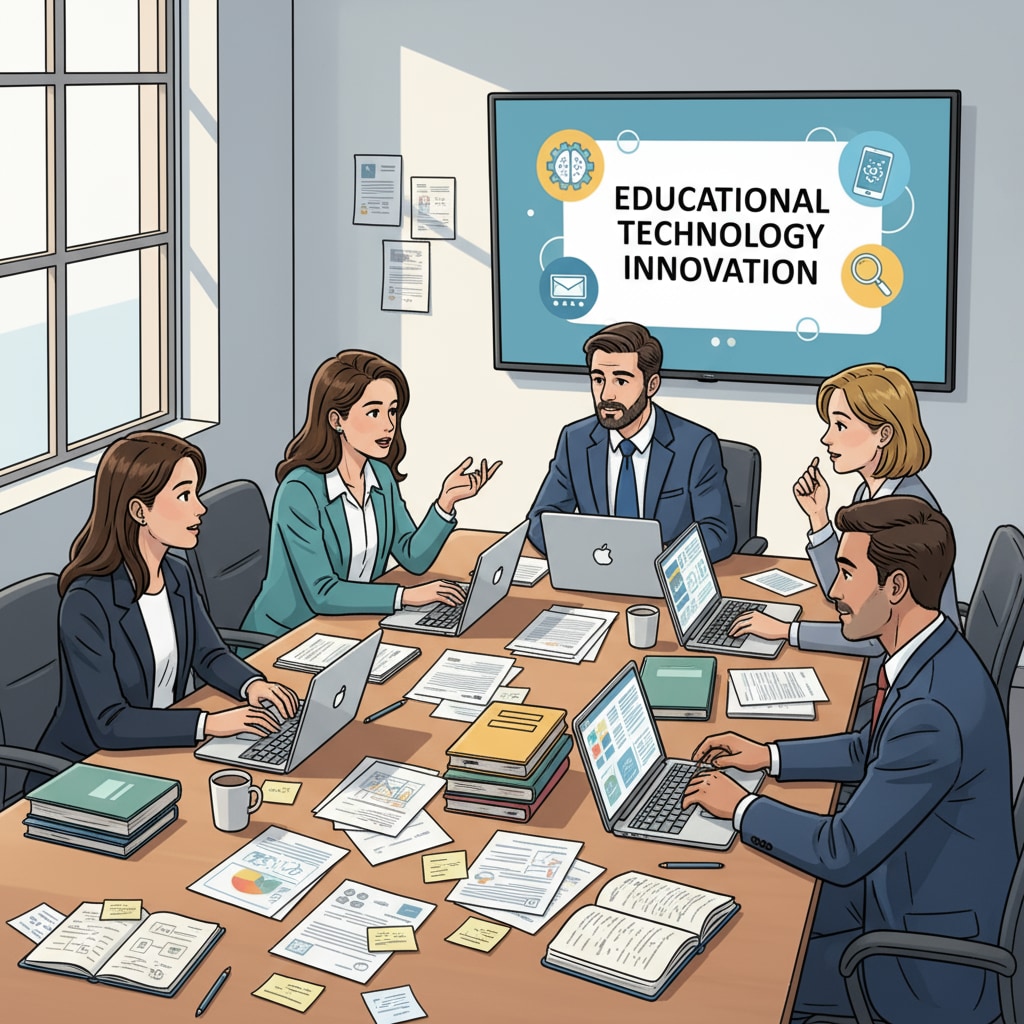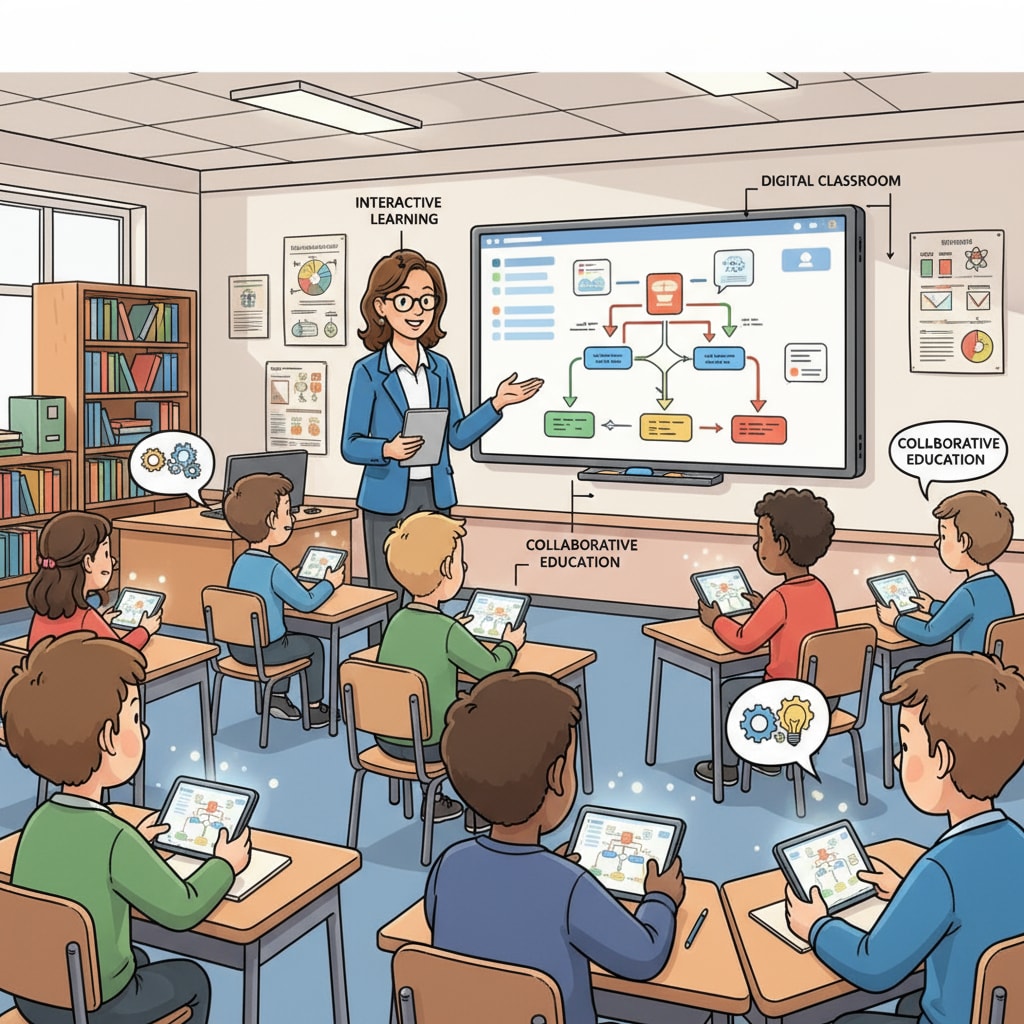In an era where teacher workload is on the rise, educational technology, and teacher feedback have become crucial elements in shaping effective teaching and learning environments. The quest for developing educational technology solutions that truly alleviate teacher burdens rather than exacerbate them hinges on actively seeking and understanding teacher feedback.

The Growing Burden on Teachers
Teachers today are shouldering an ever-increasing workload. From grading copious amounts of assignments to preparing engaging lesson plans, the demands on their time and energy are substantial. According to National Center for Education Statistics, teacher responsibilities have expanded significantly in recent years. This heavy workload not only affects their job satisfaction but also has implications for the quality of education they can provide. For example, a teacher overwhelmed with administrative tasks may have less time to focus on individualized student support.
The Role of Educational Technology
Educational technology has the potential to be a game-changer. It can automate repetitive tasks, such as grading multiple-choice quizzes or sending out automated progress reports. By integrating technology into the classroom, teachers can save time and redirect their efforts towards more meaningful aspects of teaching, like one-on-one student interactions. Tools like learning management systems can streamline the organization of course materials. However, for these technologies to be effective, they must be designed with teachers’ needs in mind.

Therefore, seeking teacher feedback becomes essential. Teachers are on the front lines of education, and their insights into what works and what doesn’t in the classroom are invaluable. For instance, they can provide feedback on the user-friendliness of an educational app or whether a particular technology tool aligns with the curriculum.
Effective Ways to Gather Teacher Feedback
- Surveys: Conduct regular surveys to gather quantitative data on teachers’ experiences with educational technology. These surveys can cover aspects such as ease of use, effectiveness in the classroom, and areas for improvement.
- Focus Groups: Organize focus groups to allow teachers to discuss their thoughts and concerns in a collaborative setting. This qualitative approach can provide in-depth insights into their perspectives.
- One-on-One Interviews: Have individual interviews with teachers to understand their unique needs and challenges related to educational technology. This personalized approach can uncover specific pain points.
In addition, creating a culture of open communication is vital. Teachers should feel comfortable sharing their honest opinions without fear of negative consequences. This can be achieved by ensuring that their feedback is valued and acted upon.
Developing Solutions Based on Feedback
Once teacher feedback is collected, it’s time to translate it into actionable solutions. For example, if teachers complain that a particular technology tool is too complex, developers can simplify the interface. By working closely with teachers, educational technology companies can create products that are tailored to their needs. As stated by International Society for Technology in Education, involving teachers in the design process leads to more effective educational technology solutions.
Moreover, continuous improvement is key. Educational technology is constantly evolving, and so should the solutions. Regularly seeking teacher feedback ensures that the tools remain relevant and useful in the ever-changing educational landscape.
Readability guidance: This article uses short paragraphs and lists to summarize key points. Each H2 section provides a list for better clarity. The proportion of passive voice and long sentences is controlled, and transition words are used throughout to enhance the flow of the article.


